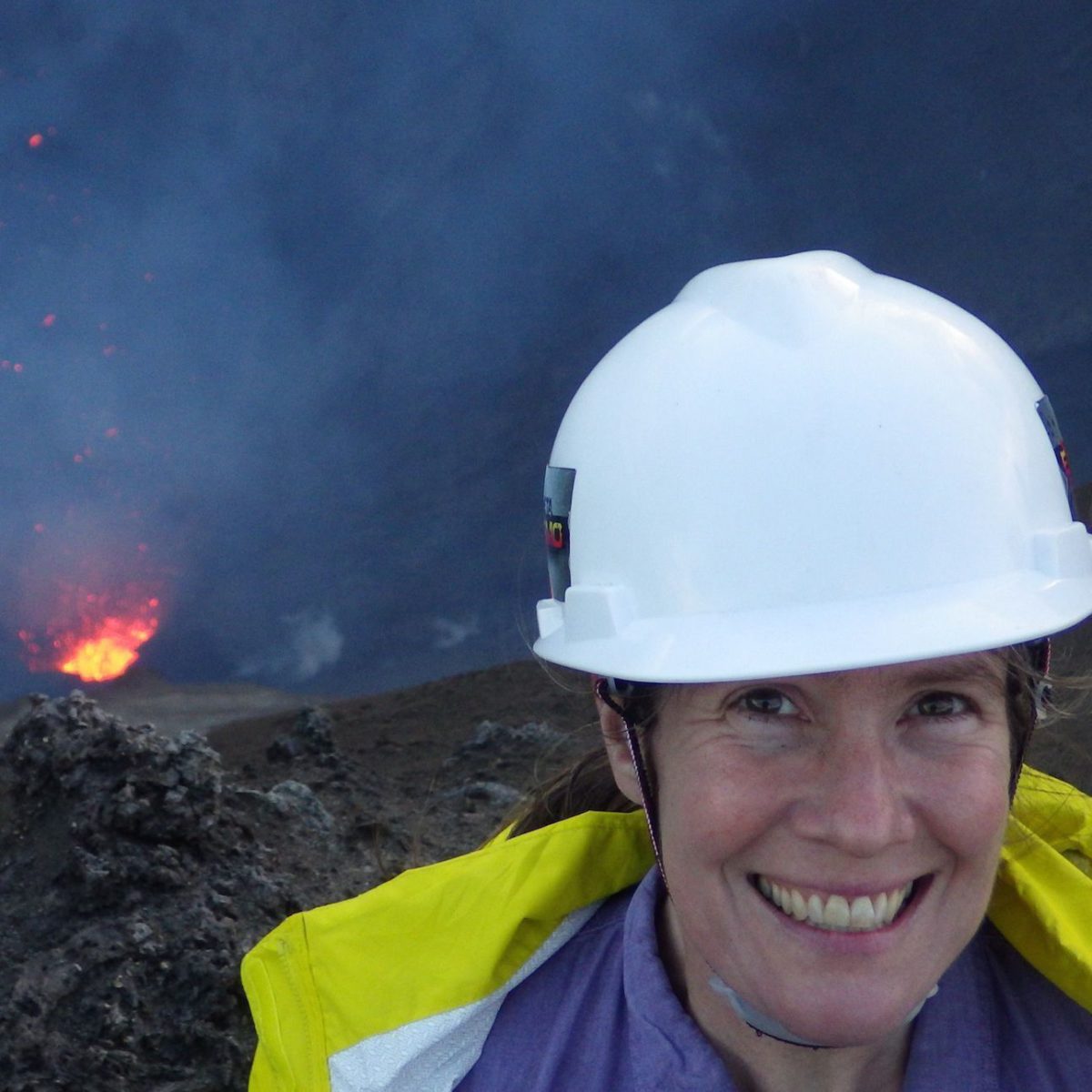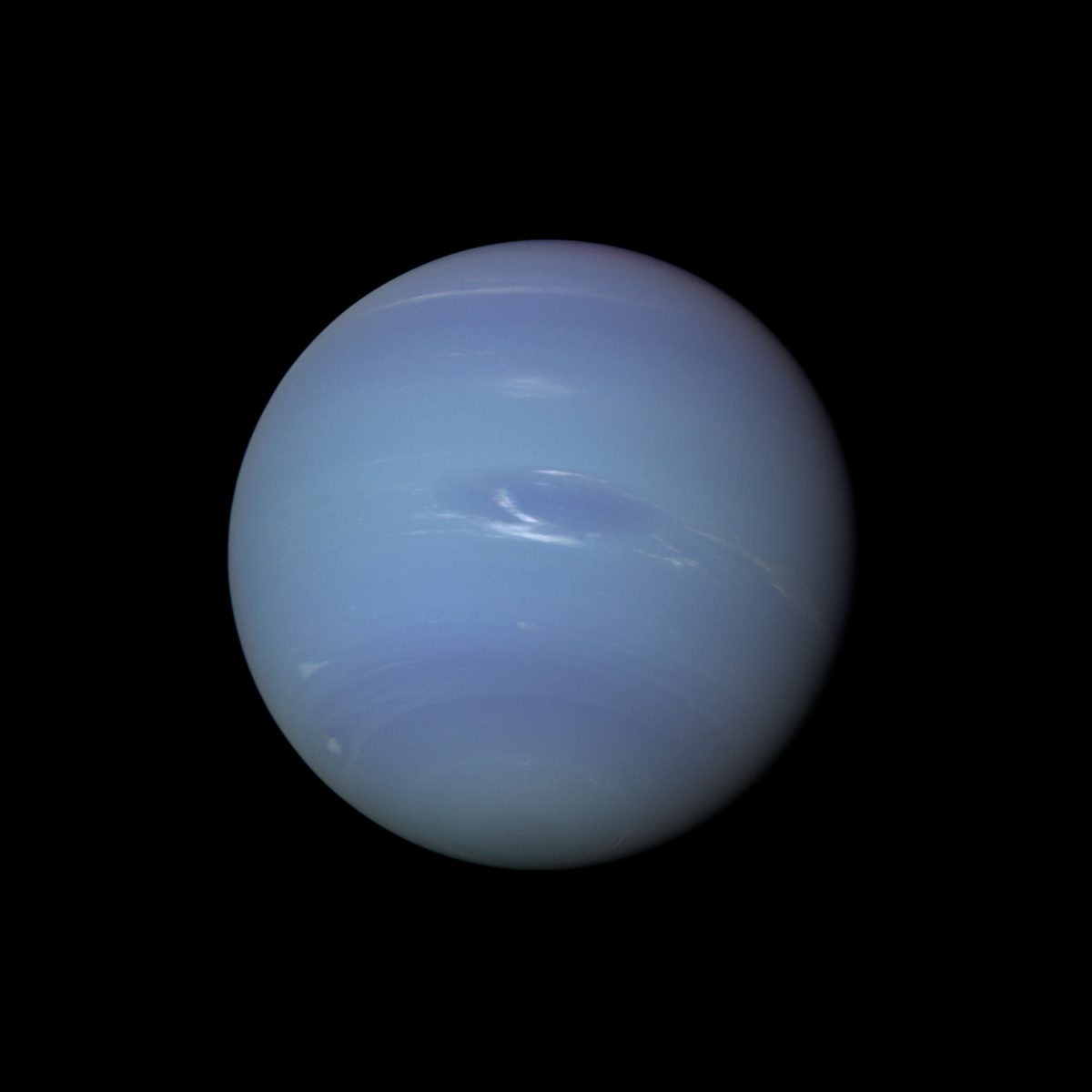Planetary Radio • Sep 22, 2015
Zibi Turtle and a Mission to the Ice Giants
On This Episode

Elizabeth "Zibi" Turtle
Planetary Scientist at Johns Hopkins Applied Physics Lab and Dragonfly Principal Investigator
They are the most neglected planets in our solar system, but that status may be changing. Planetary scientist Elizabeth “Zibi” Turtle celebrates NASA’s announcement that it will study a mission to Uranus or Neptune. Emily Lakdawalla has the latest progress report for Curiosity, rolling across Mars. Bill Nye had a blast reading “The Martian.” Someone will win the Xtronaut game in the new What’s Up space trivia contest.

Related Links:
- Uranus, Neptune in NASA’s Sights
- Elizabeth (Zibi) Turtle
- Curiosity Update, Sols 1073-1107: Driving Toward Dunes, Distracted by Haloes
- Xtronaut Game Kickstarter Campaign
This week's prize is a prototype version of “Xtronaut,” Dante Lauretta’s game about directing planetary science missions. You’ll also get to join a chat session with Dante, and receive the final version of the game when it’s released.
This week's question:
What word generally refers to three celestial bodies in a line? (Bruce thinks it’s a funny word.)
To submit your answer:
Complete the contest entry form at http://planetary.org/radiocontest or write to us at [email protected] no later than Tuesday, September 29th at 8am Pacific Time. Be sure to include your name and mailing address.
Last week's question:
Who provided the voice of the robot in the classic 60s TV series,“Lost in Space?”
Answer:
The answer will be revealed next week.
Question from the week before:
SOFIA’s telescope has an effective diameter of 2.5 meters, but it’s actually somewhat larger than that. What is the actual diameter of its mirror?
Answer:
The actual diameter of the infrared telescope aboard the SOFIA aircraft is 2.7 meters.


 Explore Worlds
Explore Worlds Find Life
Find Life Defend Earth
Defend Earth

